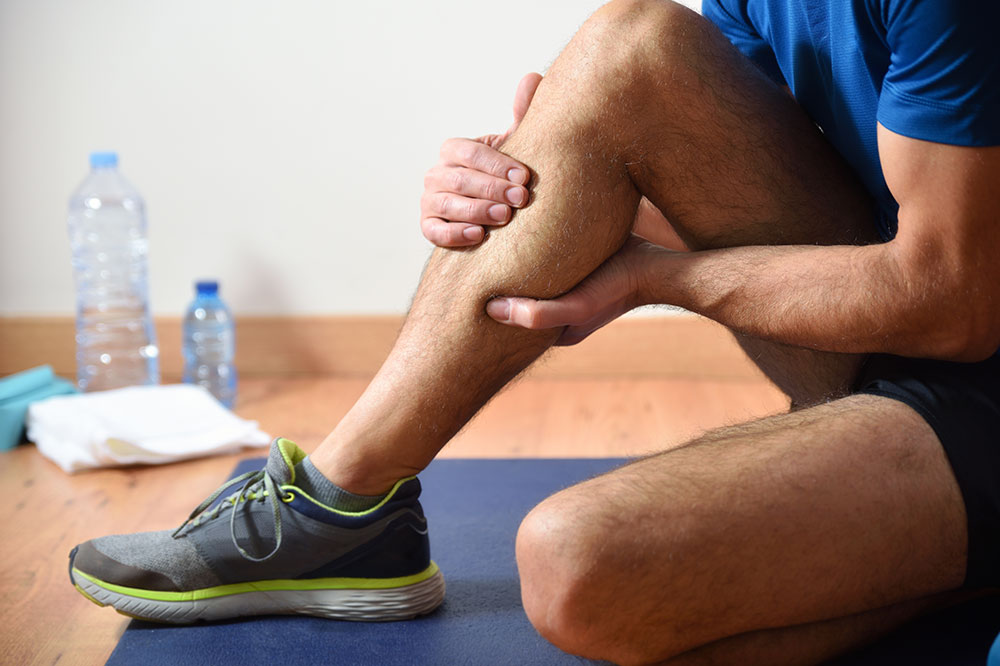5 bad habits that cause muscle cramps

Cramps are sensations of sudden and unexpected tightness in one or more muscles of the body. Also known as a “charley horse”, a muscle cramp or spasm can cause mild to severe pain lasting for a few seconds or minutes. Cramps are usually harmless and go away on their own, but in rare cases, they could be symptoms of a health condition. Here are a few bad habits that can cause cramps:
Being dehydrated
If one is not drinking enough water during the day, they may suffer from dehydration. The lack of enough water in the body will lower the blood pressure. This also brings down the blood volume in the body. As a result, less blood flows to the organs and muscles, leading to cramps. Such cramps are usually experienced in the abdominal area.
Not maintaining electrolyte balance
Electrolyte imbalance is another trigger for muscle cramps. This develops when one does not have foods or fluids containing electrolytes. Along with water, one needs to replenish electrolytes like sodium, potassium, magnesium, and phosphorus. Contrary to what most people believe, water by itself is not capable of restoring the electrolyte balance. Energy drinks or electrolyte water, fruit juices, green leafy veggies, avocados, and bananas are some of the options one can choose to replenish electrolytes.
Skipping warm-up
If one starts an intense workout without preparing for it, they are more likely to experience muscle cramps. Also, switching up the routine suddenly can cause cramping. The intensity of cramps increases if one does not have a proper warm-up or stretching routine before they begin exercising. Here, an intense workout can then lead to muscle fatigue. This affects how the nerves control the contractions in the muscles, leading to frequent cramping. So, one should stretch their body before working out and ensure adequate hydration before, during, and after exercising.
Sitting or lying down for long periods
While excessive exercise can lead to muscle cramps, not engaging in enough physical activity can also trigger cramps. After all, muscles are meant to be moved and help one move around to carry out various daily tasks. But if one has a sedentary lifestyle and stays in one position for a long time, the leg and thigh muscles get locked in unnatural positions. This can weaken large leg and gluteal muscles and increase the frequency of cramps in these areas. So, being inactive is also one of the key bad habits that can cause muscle cramps.
Wearing ill-fitting shoes
If one dons shoes that are uncomfortable or don’t fit them well, they are likely to experience muscle pain in their feet. Footwear that is too loose or too tight and those with high heels or pointy toes can cause strain on the toes and the rest of the feet. Also, as the toes are often forced into unnatural, awkward positions by such shoes, the pressure builds up over time. The muscles supporting the arches of the feet experience fatigue. All of these factors can increase the risk of cramps.

